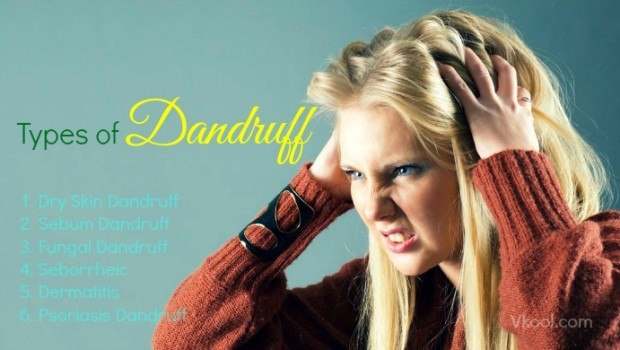
Finding common types of dandruff is an interesting issue which aims to supply readers with beneficial knowledge.
Dandruff is a kind of scalp disorder. It is dead skin cells which are raised on the scalp and can get stuck in hair. In a healthy scalp and hair, the dead cells can generally leave unnoticeably. Common symptoms of dandruff are flaking skin and itchy scalp. Dandruff flakes can be easily seen on a person’s clothes or hair. They make most people feel annoyed and embarrassed. Dandruff is supposed to affect approximately 40 percent of people older than 30.
There are some common causes of dandruff, including:
- Dry skin: Dry skin is supposed to be the most common factor that leads to common types of dandruff. People with dry skin tend to have dry, small flakes that can fall on their shoulders when they scratch. Symptoms of dry skin can affect many parts of the body such as legs or arms.
- Oily scalp: Oily scalp is also one of common factors that cause common types of dandruff. A kind of fungus (Malassezia) that leads to fungal dandruff can be fed on oily scalp. So having oily scalp and hair can increase your risks of getting dandruff.
- Irritated skin: Irritated skin is one of frequent causes of dandruff. It can lead to serious types of dandruff including Seborrheic dermatitis which may affect not only the scalp but also many areas rich in oil glands like nose, ears, eyebrows, breastbone, armpits…
- Irregular shampooing: If you do not regularly have your hair washed, oil and dead skin cells on the scalp can increase. As the result, dandruff will appear severely. However, too often shampooing also can lead to dandruff because it may irritate your sensitive, dry scalp.
- Some styling products: Some styling products including hair dyes, hair gel, hair mousse contain ingredients which can make your scalp itchy, red and irritated and cause dandruff.
- Some diseases: Certain diseases can cause dandruff such as eczema, Pakinson’s disease, heart attack, stroke, autoimmune disorders, hormonal imbalance, weaken immune system.
- Poor nutrition: If you do not get enough vitamins such as B vitamins or Znc and some types of fats, you are likely to have dandruff.
- Male: Some studies have shown that some male hormones can contribute to dandruff. Men also have larger oil – producing lands. As the result, men are more likely to have dandruff than women.
- Age: Dandruff tends to appear in young adulthood. However, it does not mean that adults don’t have dandruff.
- Moderate climates: Dandruff can be severe in cold, dry winter.
- Irregular hair brushing: Irregular hair brushing can lead to dandruff because hair brushing provides the shedding of skin.
- Excessive sweating: Excessive sweating can possibly trigger dandruff.
- Mental or emotional stress: Mental or emotional stress can lead to dandruff. Stress is a kind of body’s reaction to challenges. Stress causes changes in body hormones, which then leads to excessive oil on the scalp. As the result, dandruff will increase.
In this article, I would like to provide a list of 5 common types of dandruff including:
1. Dry Skin Dandruff
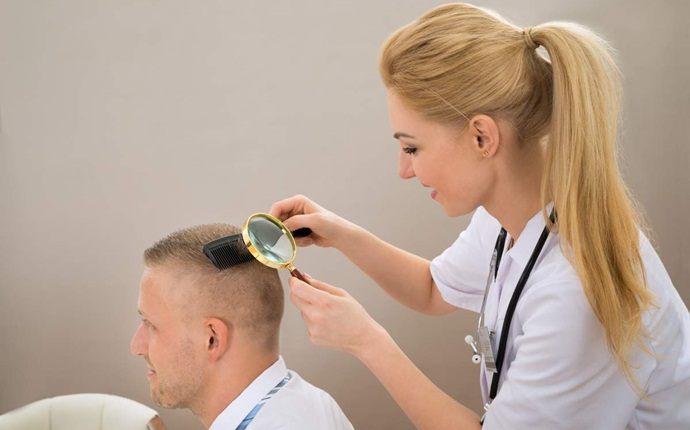
Dry skin dandruff is one of the most common types of dandruff. It occurs when the skin is dry and flaky. Therefore, it often happens in winter.
- Causes of dry skin dandruff
The reason for this type of dandruff can be weather (especially dry, cold weather), infrequent cleaning and shampooing. In winter, washing your hair with warm water can make your scalp and your hair dry and flaky.
- Symptoms of dry skin dandruff
If you get this type of dandruff, it will be easy for you to see small, round, white flakes on the scalp. When you scratch, these flakes will fall on your shoulders and your back, which can be greatly embarrassing. Furthermore, these flakes are more noticeable on dark colored clothes.
However, the symptoms are temporary and can easily be improved.
2. Sebum Dandruff
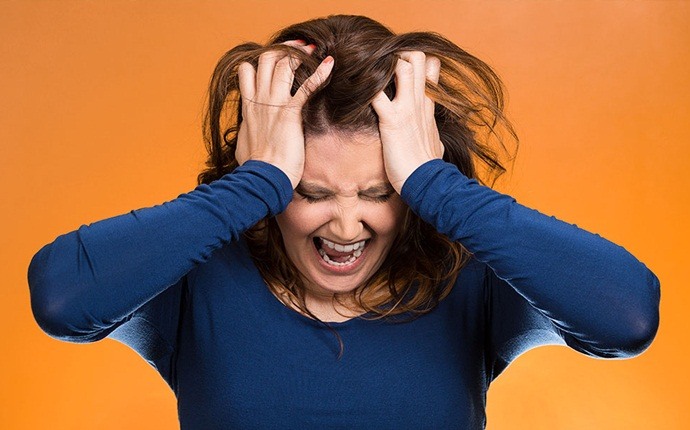
Sebum dandruff is one of the common types of dandruff. Sebum is produced by the sebaceous glands. It protects the hair and the skin from drying. It helps to maintain the skins flexibility so that the skin shines. It also prevents the excessive loss of water, which then makes the skin fresh. Sebum also has many anti – aging properties. So sebum is needed for the body.
- Causes of sebum dandruff
Sebum dandruff occurs when there is an increase in sebum oil. This can be a result of an overproduction of oil, unsuitable and irregular shampooing, puberty or pregnancy. If you don’t keep the scalp clean enough, the sebum oil with combine with dirt and dead skin cells to create sebum dandruff which can cause irritation and itching.
- Symptoms of sebum dandruff
As you know, an excess of sebum can lead to greasy hair and dandruff. People with sebum dandruff often have yellowish and oily patches on the scalp. They also often feel itchy on the scalp. Sebum dandruff can come at any age. However, people with an excess in oil production are likely to have it.
Sebum dandruff is not considered as a disease. It can be easily improved by some treatments.
3. Fungal dandruff
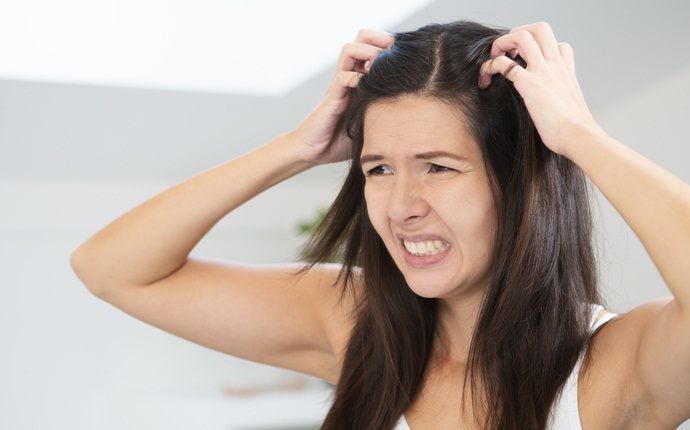
Fungal dandruff is one of the common types of dandruff which is a consequence of oily scalp. A type of fungus is known as Malassezia globosa can increase quickly when the scalp is too oily. Normally, this fungus has limited growth. When this fungus increases immensely, the scalp turns to be irritated.
- Causes of fungal dandruff
As I have mentioned, fungal dandruff is a result of oily scalp. Some studies have shown that excessive oil on the scalp can make this fungus grow faster. Bad news is scalp fungi are contagious and can spread from one person to the other through common contacts. Scalp fungi can spread when you use items such as combs, hats or towels which have been used by an infected person.
- Symptoms of fungal dandruff
If you are infected by Malassezia fungus, dandruff will appear as white or even yellowish flakes of dead skin on the scalp. As the result, you may feel irritated and itchy.
4. Seborrheic Dermatitis
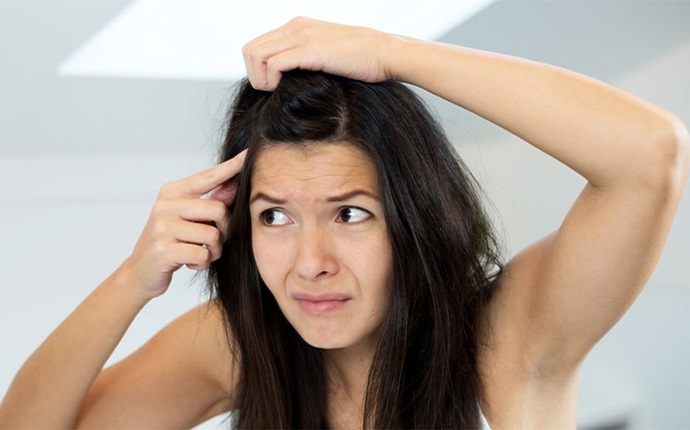
Seborrheic dermatitis is one of the worst types of dandruff which is known as an inflammatory condition. It makes the scalp red and irritated. Seborrheic dermatitis can affect many parts of the body which have many oil-producing glands including the back of the head, neck, ears, face and even eyebrows. Seborrheic dematitis is especially severe in moderate climates. Dandruff, however, is a mild form of seborrheic dermatitis.
- Causes of seborrheic dermatitis
Some studies have shown that some inflammatory reactions to yeast naturally existing on the skin surface can cause seborrheic. The symptoms can be worst or better depending on some particular factors like seasons. Moreover, some certain diseases such as Parkinson, stress, hormonal changes… can make the risk of having seborrheic dermatitis increased.
- Symptoms of seborrheic dermatitis
In children, seborrheic dermatitis can cause greasy scales and redness on the scalp, face, ears, neck and some skin areas. However, seborrheic dermatitis does not often cause itching for children. The condition can be naturally solved within several weeks or months. However, treatments should be considered to be used if needed.
In adults, some common symptoms of seborrheic dermatitis are redness, scaly patches, greasy and itching which are slightly different from those of children. Seborrheic dermatitis affects many skin areas which contain many oil glands such as nose, ears, eyebrows, chest, upper back, armpits… Seborrheic dermatitis is especially bad for men because it can affect bearing areas of their faces. In fact, this is also among the worst types of dandruff that people should watch out and be careful with because of several hateful and stubborn symptoms it brings about.
5. Psoriasis Dandruff
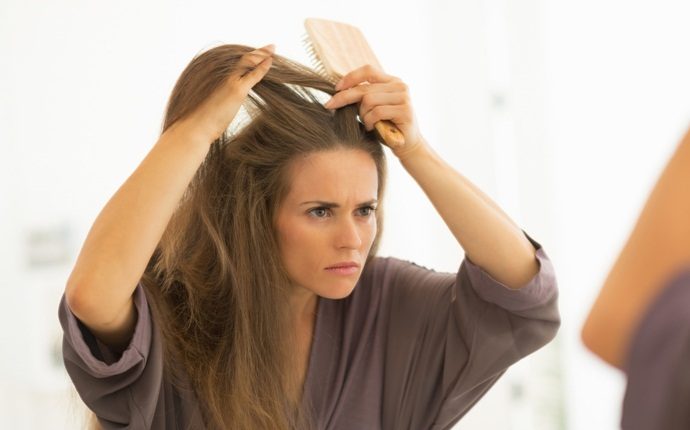
Psoriasis which is known as a skin disorder is supposed to be the worst type of dandruff. It makes the skin itchy and irritated. Thick silver – colored scales tend to appear on the scalp, neck, knees, behind the ears and back. Psoriasis dandruff can be mild and unnoticeable. However, if it is serve, it can cause intense itching, which may affect your quality of life. It can lead to serious infections, temporary hair loss. This is actually among the worst types of dandruff you should know and avoid for good!
- Causes of psoriasis dandruff
Some studies have shown that something wrong with your immune system can lead to psoriasis dandruff. As the result, skin cells tend to grow quickly and form patches. One fact is if some of your family members have psoriasis dandruff, you will be more likely to get it too. Some conditions like cold, dry air, stress can make the matter worse.
- Symptoms of psoriasis dandruff
Some symptoms can come and go. Some people only have small patches which can be easily hidden with hair. However, some people have serious patches. Silvery white scale is the most noticeable sign of psoriasis. Some people with psoriasis dandruff even have reddish patches on the scalp which can be thick and inflamed.
Many people have mild itching. However, some have intense one which can badly affect their daily life. They tend to scratch more often. As the result, the patches become larger and thicker and can be bleeding or infected. So one advice for people who have itchy scalp: do not scratch the scalp. Things can be worse. Scratching the scalp to remove the patch also can lead to temporary hair loss.
Dandruff can be easily controlled. There are plenty of homemade treatments for dandruff.
- Olive oil: Olive oil is a folk remedy for common types of dandruff. Use about 10 drops of olive oil to massage your scalp. Cover it with a shower cap then go to sleep. Wash it off in the morning. If you do not have enough time, use a shampoo containing olive oil.
- Aloe vera: Aloe vera is supposed to soothe the itching caused by dandruff. Therefore, use aloe vera gel to massage your scalp before shampooing.
- Salt: Salt is a common ingredient that is good at scrubbing out flakes of dandruff. Apply some salt on your dry scalp, gently massage your scalp, work it through your hair. Then wash your hair with a suitable shampoo.
- Coconut oil: Coconut oil is known as a perfect remedy for all skin problems including dandruff. Apply 3 – 5 spoons of coconut oil onto your scalp. Gently use your fingers to massage it. Wait for about an hour then shampoo. You also can use a shampoo containing coconut oil for the same effect.
- Garlic: Garlic contains many antibacterial properties which are perfect for eliminating worst types of dandruff like fungal dandruff or seborrheic dermatitis. Crush some garlic and rub it into the scalp. You can mix some crushed garlic with honey, then massage the scalp with the mixture before shampooing. That will avoid smell.
- Baking soda: Baking soda can make your scalp free of flakes. Damp your hair then rub baking soda into your scalp. Then rinse it off with water. Baking soda can reduce fungi that cause dandruff. At first, your hair can be dry. However, your scalp will produce natural oils after a few weeks.
- Lemon: Lemon is a common ingredient in the kitchen. Lemon helps balance the pH of the scalp, which then reduce dandruff. Apply 2 tablespoons of lemon juice onto your scalp. Massage gently then rinse it off with water. Repeat it daily until you see the effects.
- Apple cider vinegar: Apple cider vinegar is known as one of the most effective ingredients for treating dandruff. It can change the pH of the scalp, which makes it hard for yeast to grow. Just mix some apple cider vinegar with some water. Apply the mixture onto your scalp. Wait for about an hour then wash your hair. Repeat 2 times a week for best benefit.
- Tea tree oil: Tea tree oil can reduce dandruff. Therefore, add a few drops of tea tree oil to your daily shampoo or choose a shampoo containing tea tree oil.
- Mouthwash: This can be a small tip for you to get rid of dandruff. Mouth wash contains many properties which can prevent yeast from growing. After your hair has been washed, rinse it with a mouthwash. Do this regularly to treat dandruff.
- Aspirin: Aspirin contains salicylic acid which is an essential ingredient needed for dandruff treating. Crush 2 aspirins to fine powder. Add it into your favorite shampoo. Use this shampoo to wash your hair regularly. Remember to rinse your hair carefully.
- Raw egg: Raw egg is supposed to be an effective treatment for common types of dandruff. Apply 2 eggs onto your scalp. Wait for a few minutes then rinse it off with fresh water.
- White vinegar: White vinegar is one of best natural remedies for dandruff. White vinegar can prevent fungi from growing and reduce itching. Mix some vinegar with water. Use the mixture to rinse your hair after shampooing. Furthermore, you can make a better mixture by mixing 3 parts of water with 2 parts of white vinegar and 1 part of olive oil. Massage your scalp with the mixture for about 10 minutes. Then rinse it off with water.
Having good habits is also needed if you want to get rid of dandruff.
- People with mild dandruff should use gentle shampoos which can reduce extra oil and dead skin cells on the scalp. People with severe dandruff are advised to use certain shampoos containing active ingredients such as Ketoconazole, Selenium sulfide, Salicylic acid, Zinc… which can reduce the fungus on the scalp and improve the condition of the scalp and hair. Gently massage the shampoo into the scalp. Wait for a few minutes so that the active ingredients can work. Use these shampoos every day until you see the effects.
- In addition to shampooing, you should have a healthy diet which can provide enough fats, Zinc and B vitamins. These vital nutrients can prevent dandruff.
- Remember to get a little sun every day. Because sunlight is proved to be good for treating dandruff. However, you should wear a sunscreen to protect your skin from sun exposure.
- Learn how to reduce stress. Stress lead to many diseases including dandruff. So try to manage stress to have a better health.
After you have read my entire article, I would like to recommend that you should read another article about this issue: 24 Ways To Treat Dandruff And Dry Scalp Naturally At Home. As I have mentioned, it is not difficult to treat dandruff. This article will supply you with useful tips on how to treat dandruff naturally at home, which will allow you to get rid of embarrassment and enjoy life.
The last word, as an author of VKool, I would like to know my dear readers’ opinion about this interesting issue. Please leave your feedbacks and comments in the comment section below. I will reply as soon as possible.
Here are some related articles about how to have healthy hair:
Olive Oil For Scalp Treatment: 16 Best Uses
Best Natural Oil For Dandruff & Its Uses
Causes Of Hair Loss In Men And Women – 9 Common Causes
Best Natural Homemade Hair Treatments For 7 Common Hair Problems
13 Homemade Shampoo Recipes For Fine & Natural Hair
How To Prevent Greasy Hair Overnight And In The Morning – 27 Tips
Want More Content Like This In Your Inbox?
- How to treat alopecia in men naturally – 8 must-take steps
- No more dry scalp ebook review – is Mia’s guidebook useful?
- One Minute Herpes Cure Review – Allison Freeman’s Treatment
- Recover From Eating Disorders Review – Can Nina’s Program Work?
- Top 8 Best And Beautiful Hairstyles For Brides
- 10 Home Remedies For Dehydration In Adults
- Top 7 Ways On How To Use Buttermilk For Skin And Hair
- List Of 7 Possible Causes Of Swollen Ankles You Should Know

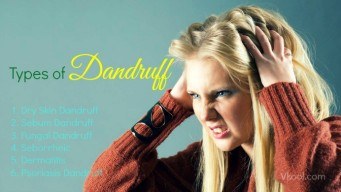
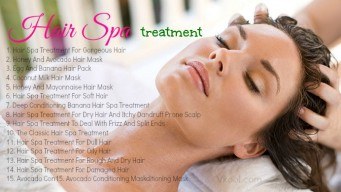
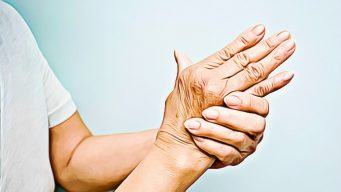



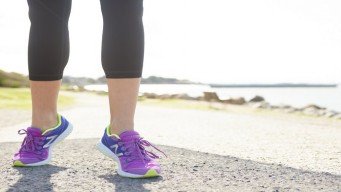
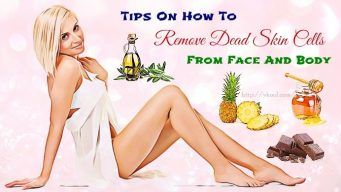
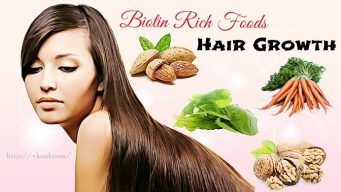
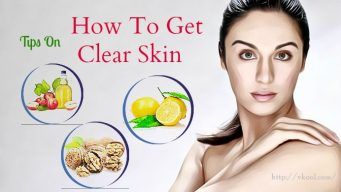
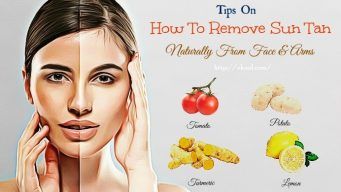
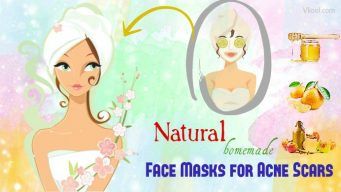
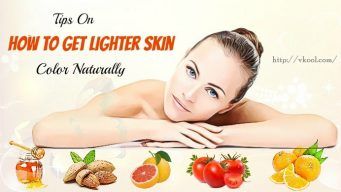
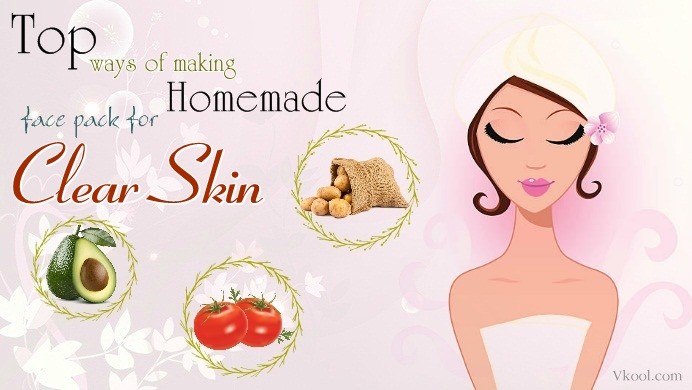
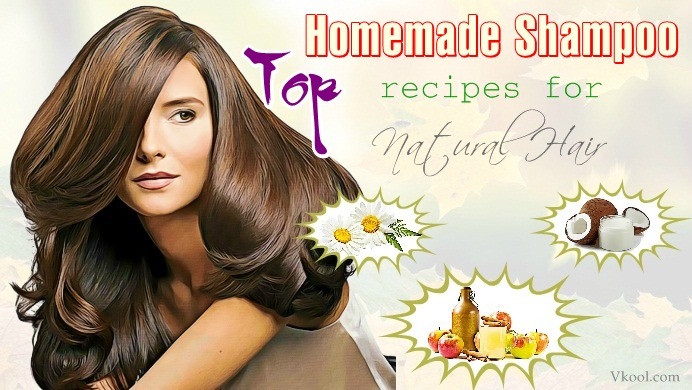
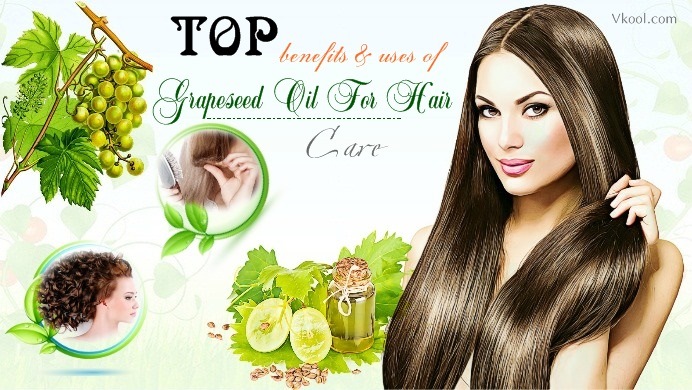
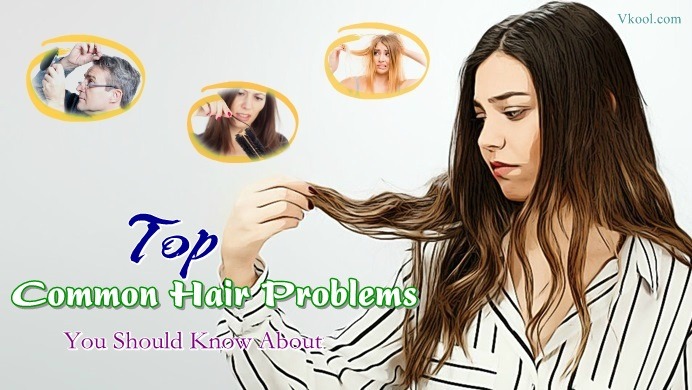
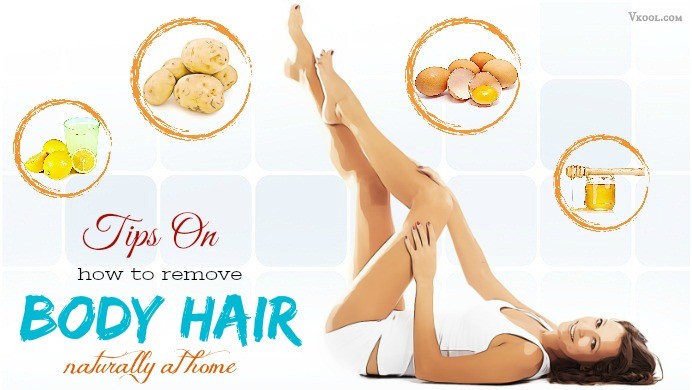
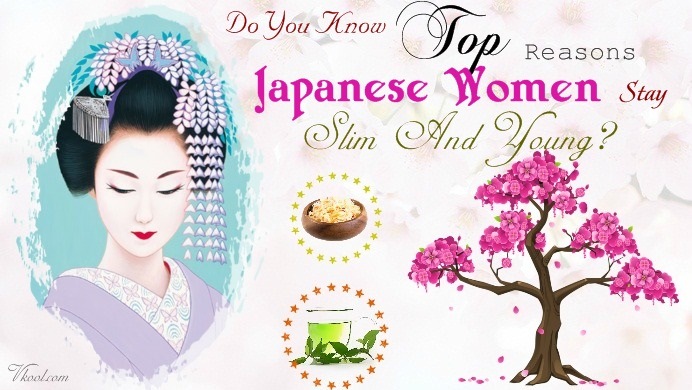
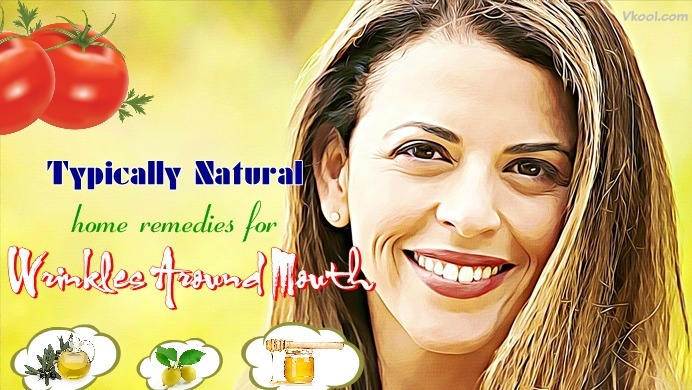
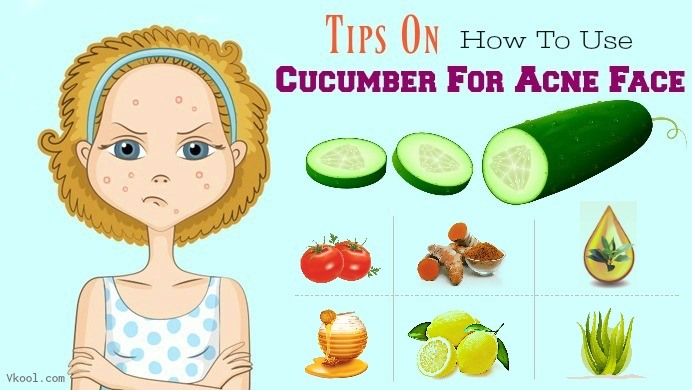
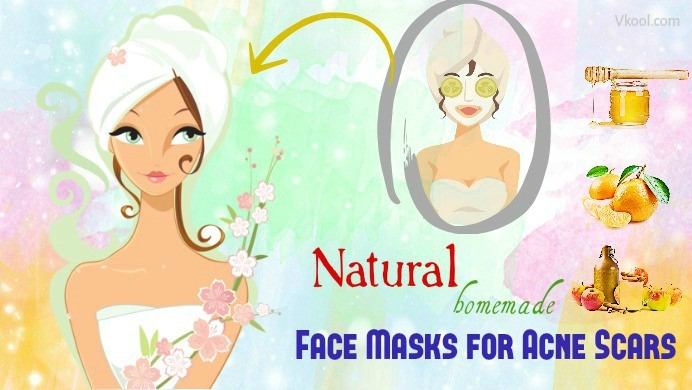 16 Natural Homemade Face Masks for Acne Scars
16 Natural Homemade Face Masks for Acne Scars 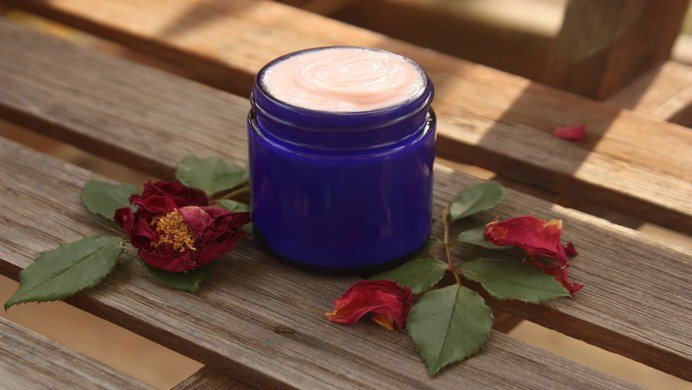 17 Easy Tips On Natural Homemade Body Lotion Recipes
17 Easy Tips On Natural Homemade Body Lotion Recipes 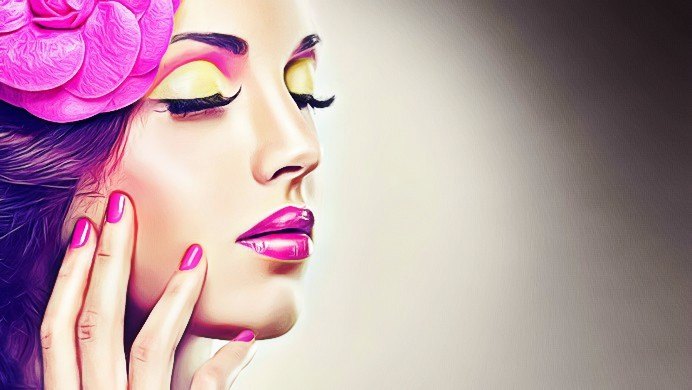 Different Eye Makeup Looks For Brown Eyes, Blue Eyes, & Other
Different Eye Makeup Looks For Brown Eyes, Blue Eyes, & Other 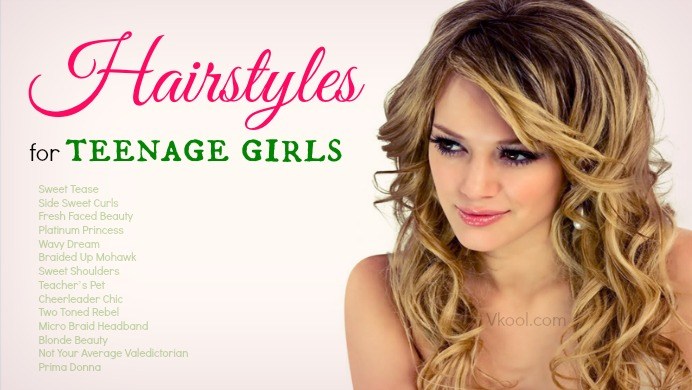 18 Best hairstyles for teenage girls with long hair
18 Best hairstyles for teenage girls with long hair  Top 17 Uses Of Vaseline For Beauty And Skin Care
Top 17 Uses Of Vaseline For Beauty And Skin Care 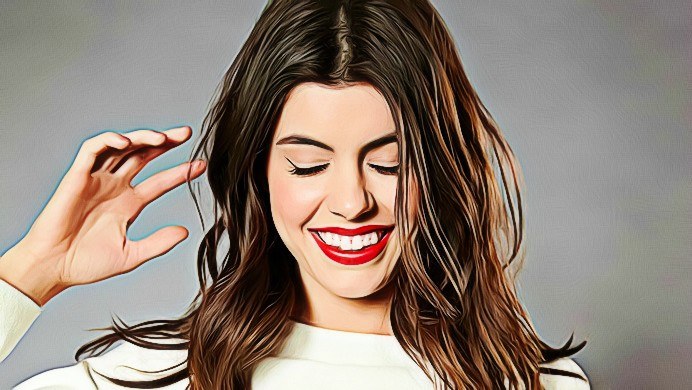 Top 25 Natural Ways To Whiten Teeth At Home Fast That Really Work
Top 25 Natural Ways To Whiten Teeth At Home Fast That Really Work 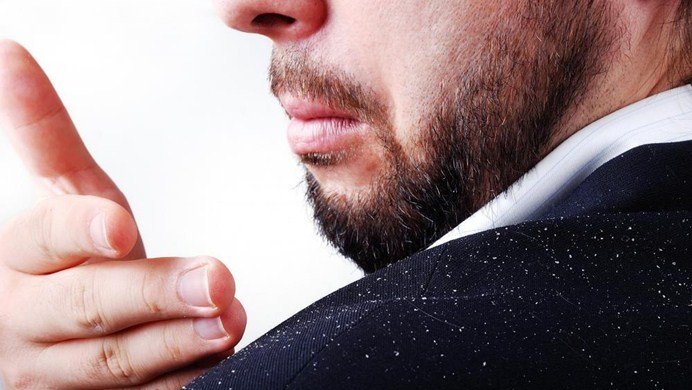 24 ways to treat dandruff and dry scalp naturally at home
24 ways to treat dandruff and dry scalp naturally at home 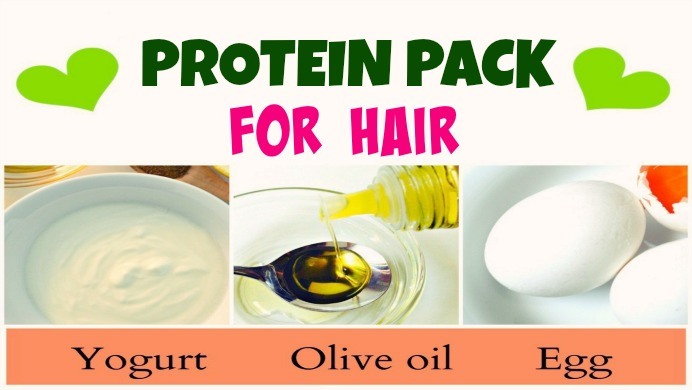 25 Ways to make natural protein pack for hair – homemade recipes
25 Ways to make natural protein pack for hair – homemade recipes 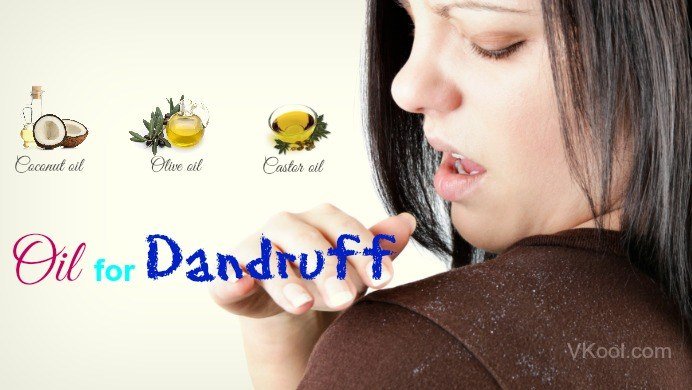 Best natural oil for dandruff & its uses
Best natural oil for dandruff & its uses 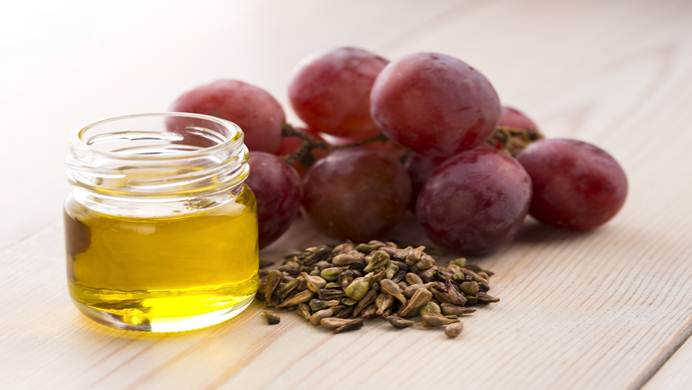 Uses Of Grapeseed Oil For Skin Lightening & Its Benefits
Uses Of Grapeseed Oil For Skin Lightening & Its Benefits